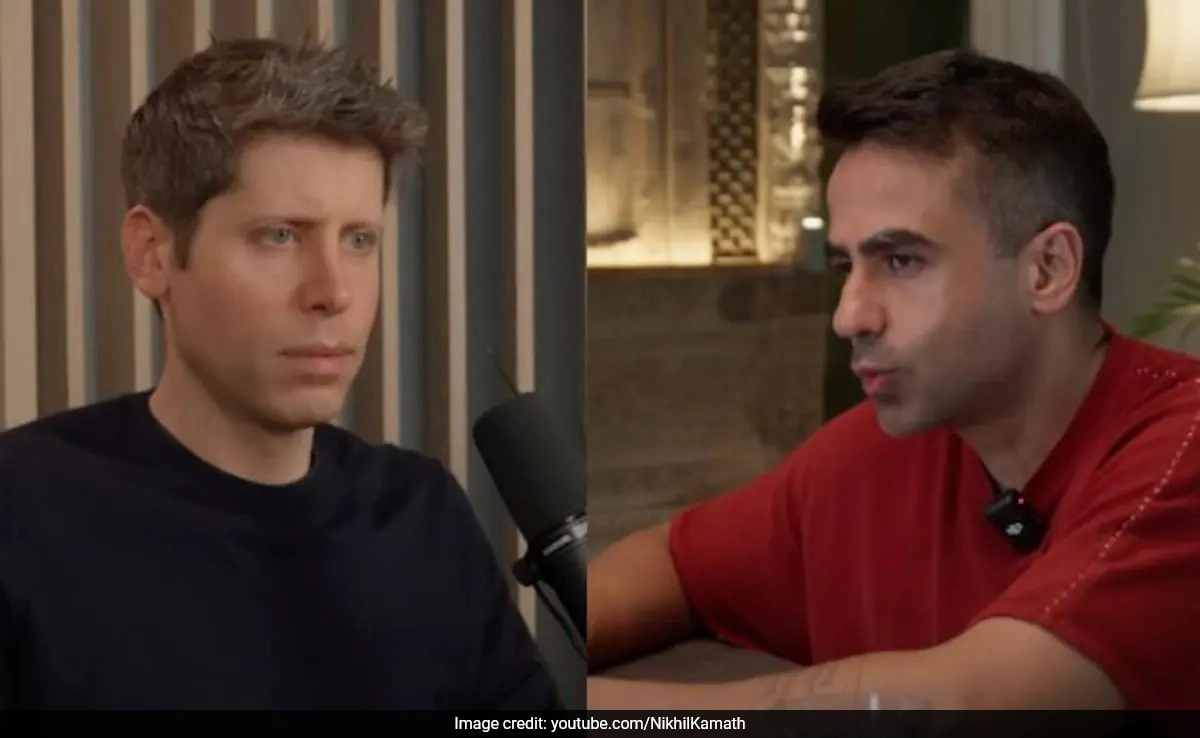The Kerala government’s recent statement regarding the portrait of Bharat Mata has sparked significant discussion and debate across various platforms. Officials have clarified that there is no “official version” of the portrait, which is a departure from the standard approach often taken by governmental bodies concerning national symbols. This declaration raises questions about the role of symbolism in governance and the representation of national identity. The absence of an official version implies that the state does not endorse a singular interpretation of Bharat Mata, allowing for a broader range of artistic expression and cultural representation.
This declaration can be seen as a reflection of Kerala’s unique political and cultural landscape, which often emphasizes pluralism and diversity. By not committing to a specific portrayal, the government seems to acknowledge that Bharat Mata can be depicted in myriad ways, resonating differently with various communities across the state. This perspective aligns with Kerala’s historical emphasis on unity amidst diversity, where multiple identities coexist harmoniously. As a result, the government’s stance can be interpreted as an invitation for artists and citizens to engage in dialogue about what Bharat Mata signifies to them personally and culturally.
However, this approach has not been without its critics. Some argue that a lack of an official portrait may dilute the national sentiment associated with Bharat Mata, potentially leading to fragmented interpretations. Others fear that this ambiguity could pave the way for misrepresentation or misuse of the symbol, which holds significant emotional and cultural weight for many Indians. The government’s decision to maintain a neutral stance may also stem from the desire to avoid controversy, particularly in a region known for its political sensitivity and diverse ideological beliefs.
In the broader context, the Kerala government’s position on the Bharat Mata portrait raises important questions about nationalism, representation, and the role of art in society. As discussions continue, it will be interesting to see how this decision influences public perceptions and artistic expressions related to national identity in Kerala and beyond. Ultimately, the conversation surrounding Bharat Mata serves as a microcosm of the larger dialogue about what it means to belong to a nation, how identity is constructed, and the ways in which symbols can unite or divide us.




